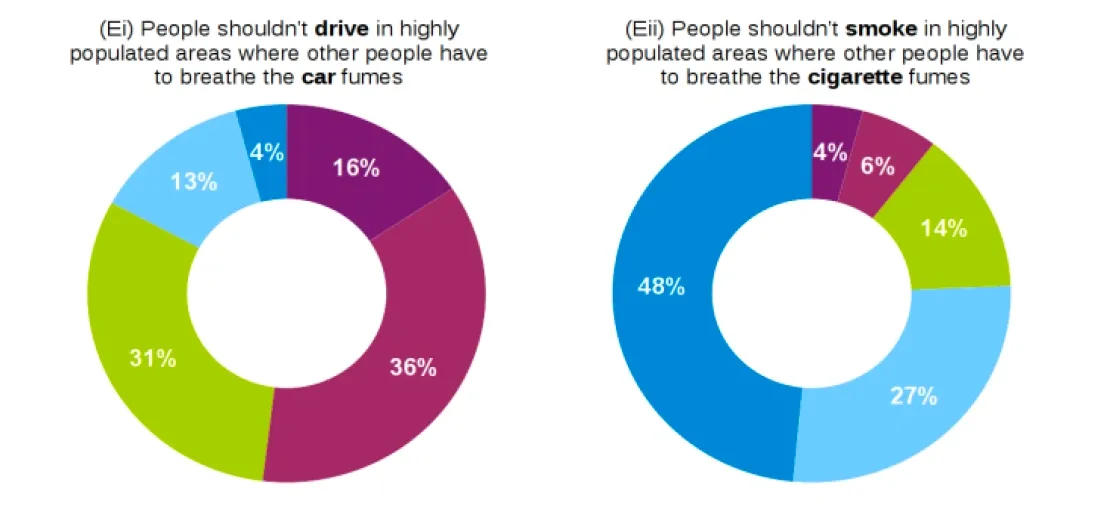Motornormativity or Car Brain Creates our Car-centered Cities.
July 1, 2024 | Active Transportation Bisbee , Alternative transportation , Bisbee Arizona, Bisbee Biking, Bisbee Pedestrians, Car centric, Carbon emissions, Citizen Planner, Community Development, Community Empowerment, motornormativity, Sun Corridor Trail

What is Motornormativity and Why is it Making our Lives (and this Project) so Difficult?
Researcher Ian Walker from the School of Psychology, Swansea University conducted a study in 2021 called “Motornomativity: How Social Norms Hide a Major Public Health Hazard”. In his work, Walker demonstrates that modern cultures have been indoctrinated to believe they must endure the negative consequences of living in a car-centric world. An example of this is that people stated it was OK for a car to emit pollution in a crowded area but not OK for a person to smoke in a crowded area. The contribution of carbon emissions to climate change- the greatest existential threat to humanity- is the clearest example of motornormativity.
For this project that translates as NO MONEY being dedicated to this project by the City of Bisbee, and ADOT not officially making bike and pedestrian lanes despite the fact that the majority of Arizona is rural and is connected by state and County highways.
Here’s the abstract of the study: Decisions about motor transport,by individuals and policy-makers,showunconsciousbiasesduetocultural assumptions about the role of private cars -a phenomenon we term motonormativity. To 28 explore thisclaim, a national sample of 2157 UK adults rated, at random, a set of statements about driving (“People shouldn’t drive in highly populated areas where other people have to breathe in 30 the car fumes”) or a parallel set of statements withkey words changed toshiftcontext(“People shouldn’t smoke in highly populated areas where other people have to breathe in the cigarette 32 fumes”). Suchcontextchangescouldradically alterresponses(75%agreed with “People shouldn’t smoke…”but only 17% agreed with “People shouldn’t drive…”). We discuss how thesebiases 34 systematically distortmedicalandpolicydecisionsand give recommendations for how public policy and health professionals might begin to recognise and address these unconscious biases in their 36 work.
To read the entire study go to our website and scroll down. Click here.